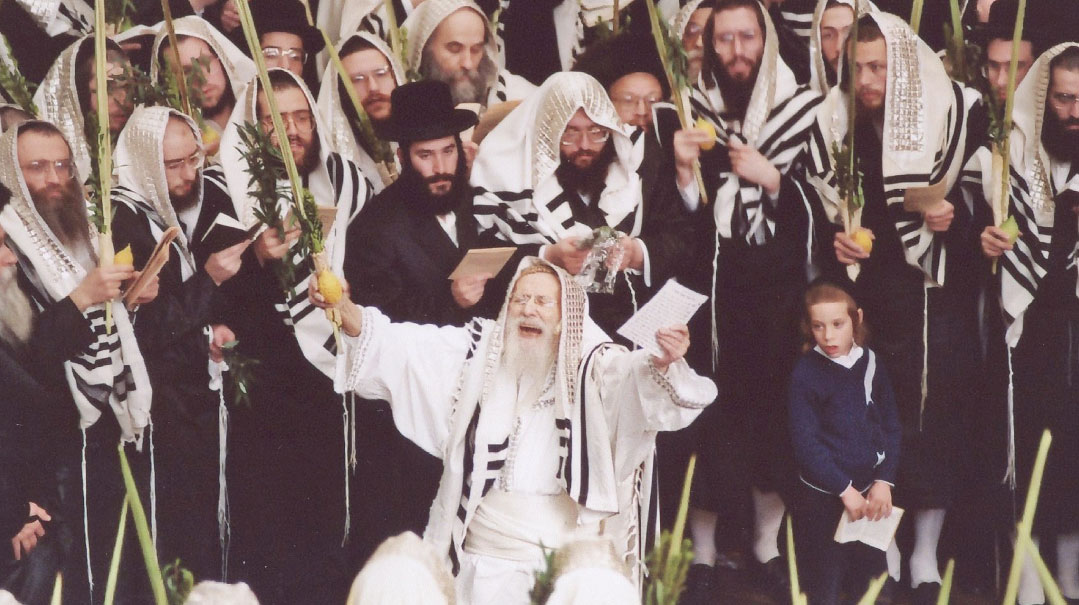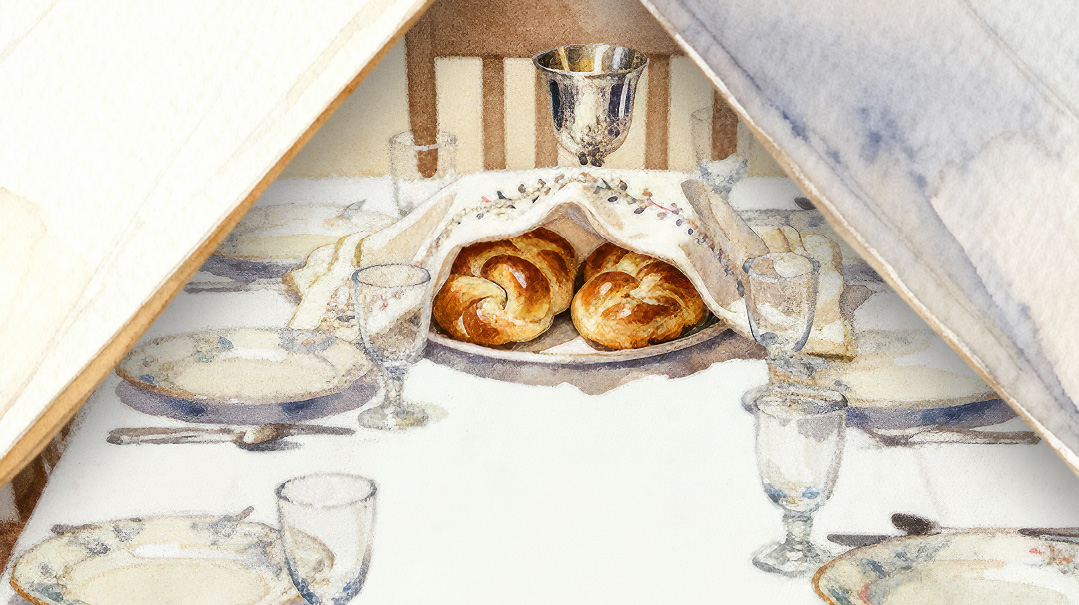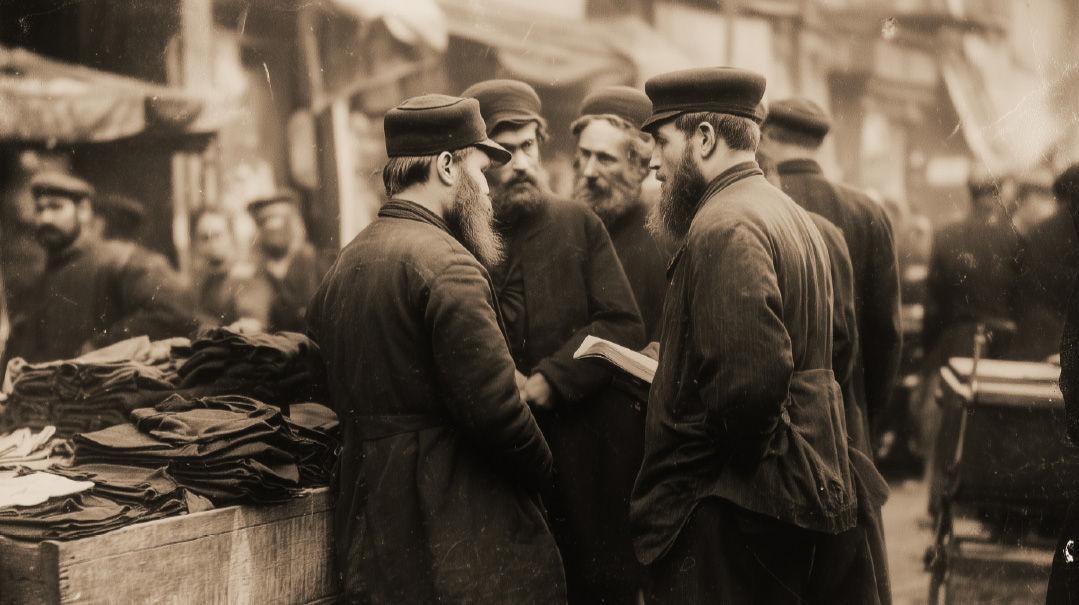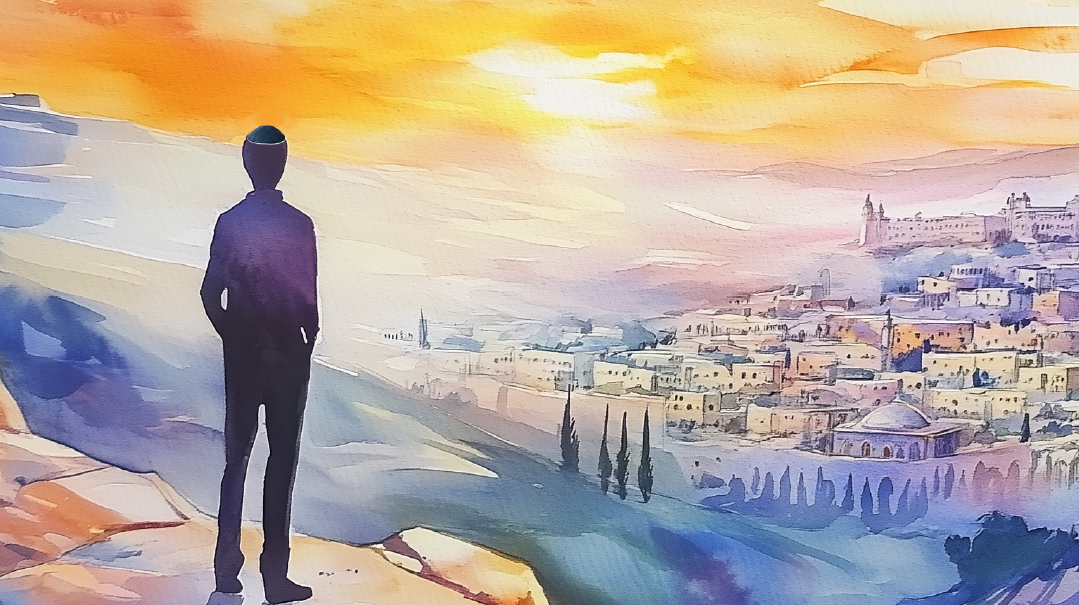A Shtetl Grows in Brooklyn
| September 16, 2020We show our grandchildren where we grew up, telling them stories about the “good old days”

Growing up in the Bobov community in Crown Heights in the 1960s was reminiscent of the European shtetls our parents came from. We had a yeshivah, girls’ schools, parks, and our own grocery store within a radius of several blocks, everything our little self-contained community needed to flourish.
By the mid-1960s most of the Bobover chassidim, largely Holocaust survivors, had migrated to Crown Heights. After the war, or as our parents called it, “Der Kreig,” the survivors gathered around the Rebbe, Rav Shlomo Halberstam, in the West Side of Manhattan. Then, in the 1950s, people bought a few houses on Brooklyn Avenue in Crown Heights, where the Rebbe lived with his family, and a yeshivah was established next door. In the back of the Rebbe’s house and yeshivah was the large one-story beis medrash. Slowly, many Bobover chassidim found their way to Crown Heights, living mostly in rented apartments around the Rebbe’s house and yeshivah.
Our lives centered around Bobov. The boys went to the Bobover yeshivah and the girls went to Beis Yaakov down the block. Friday nights, our fathers, even those who were not Bobover chassidim, mostly davened in Bobov, and after the meal, the Bobover chassidim went to the tish.
On Shabbos afternoons, we Bobover girls held our Bnos sessions in the yeshivah’s classrooms, and we used the large lunchroom for dancing. The lunchroom was also our base to practice for our annual perfomance. Every year, we Bnos girls put on a play in the public school around the corner. One block down from the park was Rabbi Meir Levi’s Beis Yaakov school that many of us girls attended.
And what’s a shtetl without its sheigetz? We had our very own sheigetz who started up with the boys whenever they went to yeshivah. Kevin lived one block down from the yeshivah. The boys were terrified of him, and some wouldn’t go to cheder without their parents escorting them. Our fathers and grandfathers had their “Pavel” in Poland, our brothers had their “Kevin.”
Oops! We could not locate your form.













